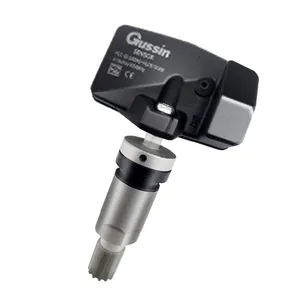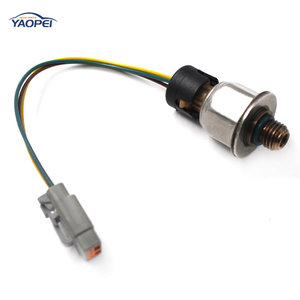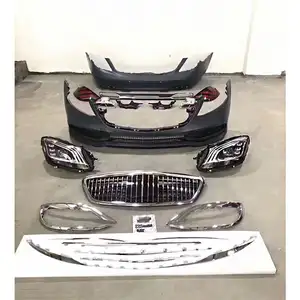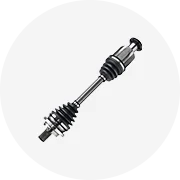Phổ biến trong ngành của bạn

Cảm Biến TPMS Xe Hơi Thông Dụng 315MHz-433MHz Cảm Biến Đo Áp Suất Lốp Có Thể Lập Trình Tpms
5,50 US$ - 8,62 US$
Đơn hàng tối thiểu: 4 Cái


Sản xuất phụ tùng ô tô lượng áp suất không khí đa dạng tuyệt đối cảm biến f01r00e049 10202436 cho Ford
5,00 US$
Đơn hàng tối thiểu: 50 Cái


Gez động cơ trục cam vị trí cảm biến 0232103052 0232103067 39300-27400 0281002667 55187973 cho Ford
4,20 US$ - 5,00 US$
Đơn hàng tối thiểu: 50 Cái
Vận chuyển mỗi chiếc: 1,03 US$


Atech gốm áp lực đầu dò giá dầu gốm cảm biến áp suất Trung Quốc gốm cảm biến áp suất đầu dò
15,00 US$ - 25,00 US$
Đơn hàng tối thiểu: 1 Cái


OEM tùy chỉnh vành đai an toàn nhắc nhở xe Ghế áp lực và chiếm lực cảm biến điện trở công nghệ
1,50 US$ - 5,00 US$
Đơn hàng tối thiểu: 4 Cái


Phụ tùng ô tô chính hãng OEM cho Ford F6TZ-9F838-A F6TZ-9F838 icp cảm biến 7.3l cho 97-03-mới cho 7.3l 94-03 Ford powerstroke
9,35 US$ - 10,50 US$
Đơn hàng tối thiểu: 50 Cái

Cho Ford 7.3 DIESEL powerstroke icp tiêm Kiểm Soát Cảm biến áp suất icp102 F4TZ-9F838-A F6TZ-9F838-A 1830669c92 f6tz9f838a
Sẵn sàng vận chuyển
14,00 US$
Đơn hàng tối thiểu: 4 Cái
Vận chuyển mỗi chiếc: 6,80 US$

Cảm Biến Áp Suất Phun Nhiên Liệu Cảm Biến ICP F6TZ9F838A Cho F6TZ-9F838-A Ford 1807329 ICP102 1807329C92
Sẵn sàng vận chuyển
6,20 US$ - 6,70 US$
Đơn hàng tối thiểu: 20 Cái
Vận chuyển mỗi chiếc: 0,89 US$

Phun nhiên liệu cảm biến áp suất icp cảm biến f6tz9f838a cho Ford F6TZ-9F838-A 1807329 icp102 1807329c92
Sẵn sàng vận chuyển
8,00 US$ - 9,00 US$
Đơn hàng tối thiểu: 5 Cái
Vận chuyển mỗi chiếc: 11,36 US$

F6TZ-9F838-A 1807329 Bán Buôn Cảm Biến ICP Hoàn Toàn Mới F6TZ9F838A Cảm Biến Áp Suất Điều Khiển Phun Cho Ford Để Tham Quan
5,00 US$ - 14,00 US$
Đơn hàng tối thiểu: 10 Cái
Vận chuyển mỗi chiếc: 4,90 US$

Cảm Biến Áp Suất Điều Khiển Phun ICP Cho Ford F250 F350 F450 Diesel 7.3L Powerstroke 1807329 1807329C92
6,50 US$ - 12,00 US$
Đơn hàng tối thiểu: 10 Cái

Cảm Biến Áp Suất Điều Khiển Vòi Phun OEM Mới Cảm Biến ICP 1845536C91 Dành Cho Maxxforce 04-07 DT466E DT570 USPS
8,00 US$ - 15,00 US$
Đơn hàng tối thiểu: 5 Cái
Các danh mục hàng đầu
Giới thiệu về cảm biến ford icp
Alibaba.com cung cấp các sản phẩm 88 cảm biến ford icp. Có rất nhiều cảm biến ford icp lựa chọn dành cho bạn, chẳng hạn như bmw, cho ford, và mitsubishi. Bạn cũng có thể chọn từ mới, sử dụng cảm biến ford icp. Cũng như từ xe, xe tải, và đối với xe cảm biến ford icp.Và bất kể cảm biến ford icp là 1 năm, 6 tháng, hay 2 năm.






















